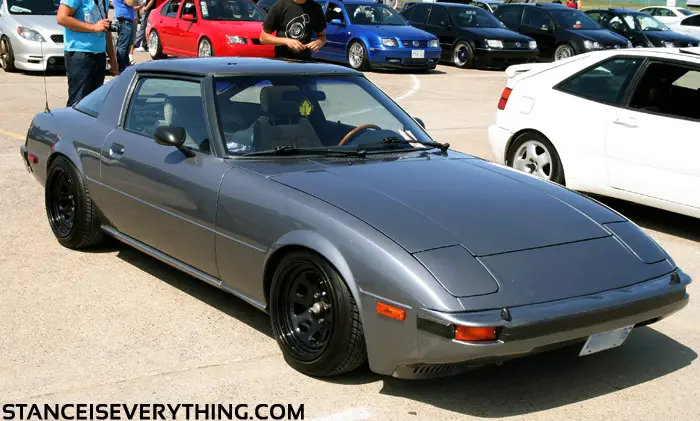Project 3512
Apparently Popamol now wants to take on the highly successful Cosplay engine family. Research at Popamol has been extended by several million DM and they will be keep going for quite some time.
The first (3L) engines that power the Proll were quite a success already. Since then they have been testing new concepts which they think could lead to a further performance jumps.
Peak power does not make a car go fast
One important lesson has been learned at Popamol is that engines are not optimized for peak power.
That is total rubbish because it is just a number, does not make the car fast or more successful.
It's not even about optimizing the power index. While higher power indices generally translate into faster times, there are cars with identical power index that behave completely different.
No, it turns out this should be more about optimizing the CAM value. CAM means the geometry of the valves. (Values go from 0-100, a low CAM is better shaped for low revs, high CAM is better for high revs and max power)
Our studies have shown that CAM is very favorable around 70. This is a major step away from the previous engines which used much higher CAM. For example the 3L V6 Popamol used a CAM value of 84, and in the past we have seen a engines often running on CAM 100.
The image above shows what a powerful torque our V6 can deliver. Compare this to this
4L US V8 we showed earlier ..
There is a price to pay for the lower CAM of course, which is peak performance. But the lower the CAM the more power can be made available in low revs and this is also what makes the car fast on the racetrack.
A low revving engine develops less heat
This has even more ramifications further down the road. Lower CAM means less maximum rpm (revolutions per minute). And a low revving engine develops less heat, so this saves a little bit of drag required for cooling, as well as make the engine more durable (less rpm peak).
We have therefore calculated the cooling requirement per performance index and have seen that it can improve the overall peformance too. This is not going to turn the car seconds faster of course, but it is one factor that comes for free because it is related to the larger engine block.
There is no substitute for engine displacement
At some point this is really important. There is only so much that you can do with the bore and stroke, and at the end of the day real engine power can only come from displacement.
After we have discovered that a V6 has no real drawbacks against the V8, and can be extended to pretty large displacements, we wanted to see how far this could go.
In the end there were two candidates. First, a 88.8 x 88.8 mm 3,300 cc which would have been a very nice popamole figure and performed well. But the performance jump to the next larger engine was too big to ignore.
We therefore established that a bore stroke of 90 x 92 would be pretty ideal for our engine. Further increases only lead to marginal improvement while the lifetime of the engine goes to shit.
This is a pretty large engine anyways, a V6 at least of approximately 3,512 cm³. Hence we named it
Project 3512 or the
Popamol Large
Performance per kilogram better than a V12
This is perhaps the most surprising. The total hp/kg and performance index/weight ratios of the engine is now slightly better than a BRC 3L V12. This is normally an indication that theory has not been fully understood. A V12 should have too many advantages over a V6, afterall the production cost of a V12 is almost double and they would really not be built if there was no performance benefit.
Here for comparison with similar engines, the Projekt 3512 has the most performance per weight of
all normal aspirated engines we have seen so far, even compared to V12s and V8s.
This is reflected in lap time. It comes mighty close to the turbos and V12s. It's not faster (afterall the power over 6000 rpm is lower), but overall almost equal and much more drivable.
Because that's the main strength of the normal aspirated engine and where we will be making up the most ground, i.e. in drivability. With a value of 41 this is about twice of the Turbo.
As could be seen on the last screen, a lap time of 2:13s is only marginally inferior to the 3L Turbo. But it does not have the shit drivability.
It's quite a boulder in the back of the small car. A V6 with slightly over 3.5 litre and "only" 329 hp but as we have shown, it does better than engines with 12 cylinders and up to 4.5 litre!
And that's
before we do any shenanigans with a turbo ..


































































![Glory to Codexia! [2012] Codex 2012](/forums/smiles/campaign_tags/campaign_slushfund2012.png)























